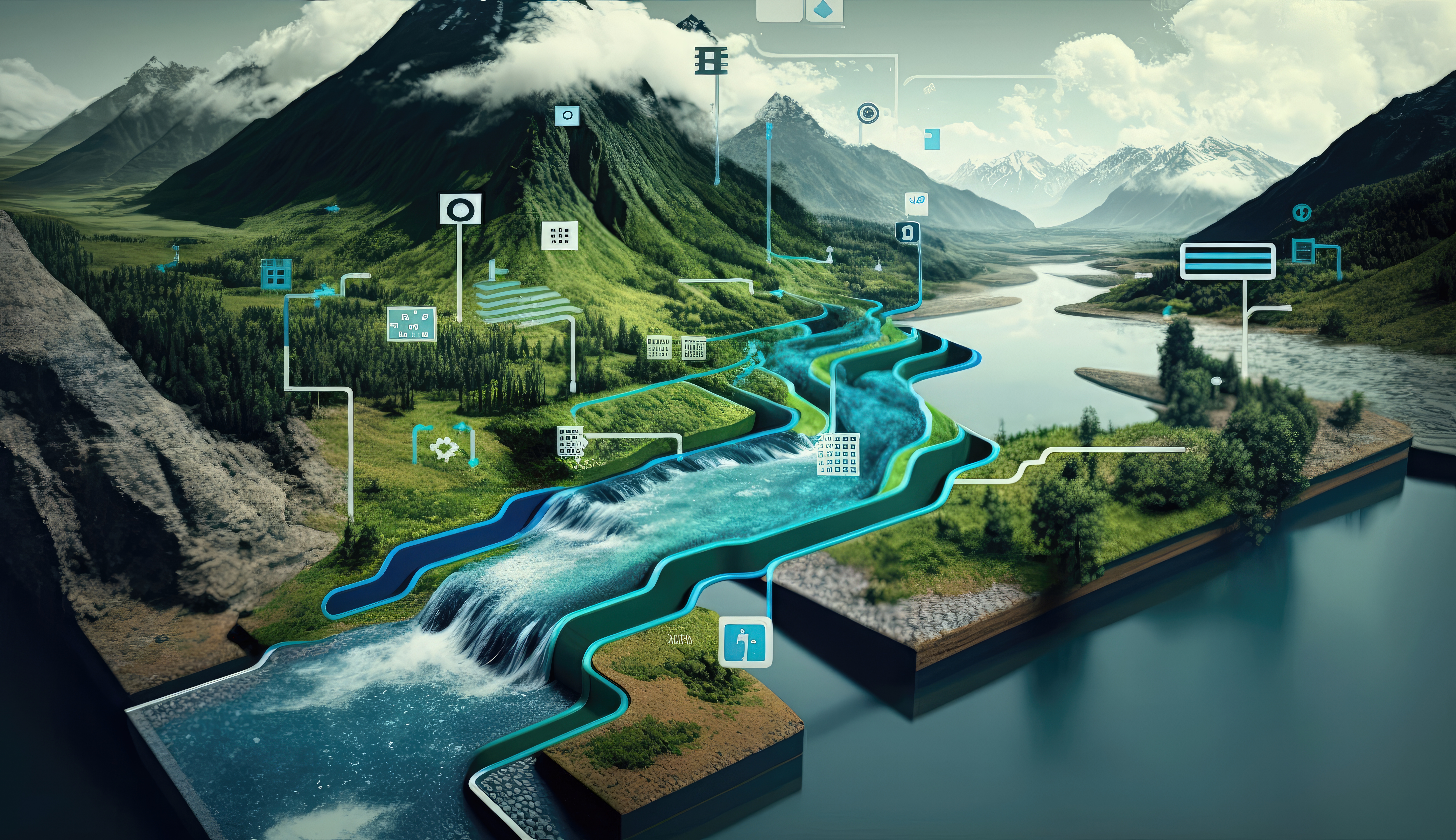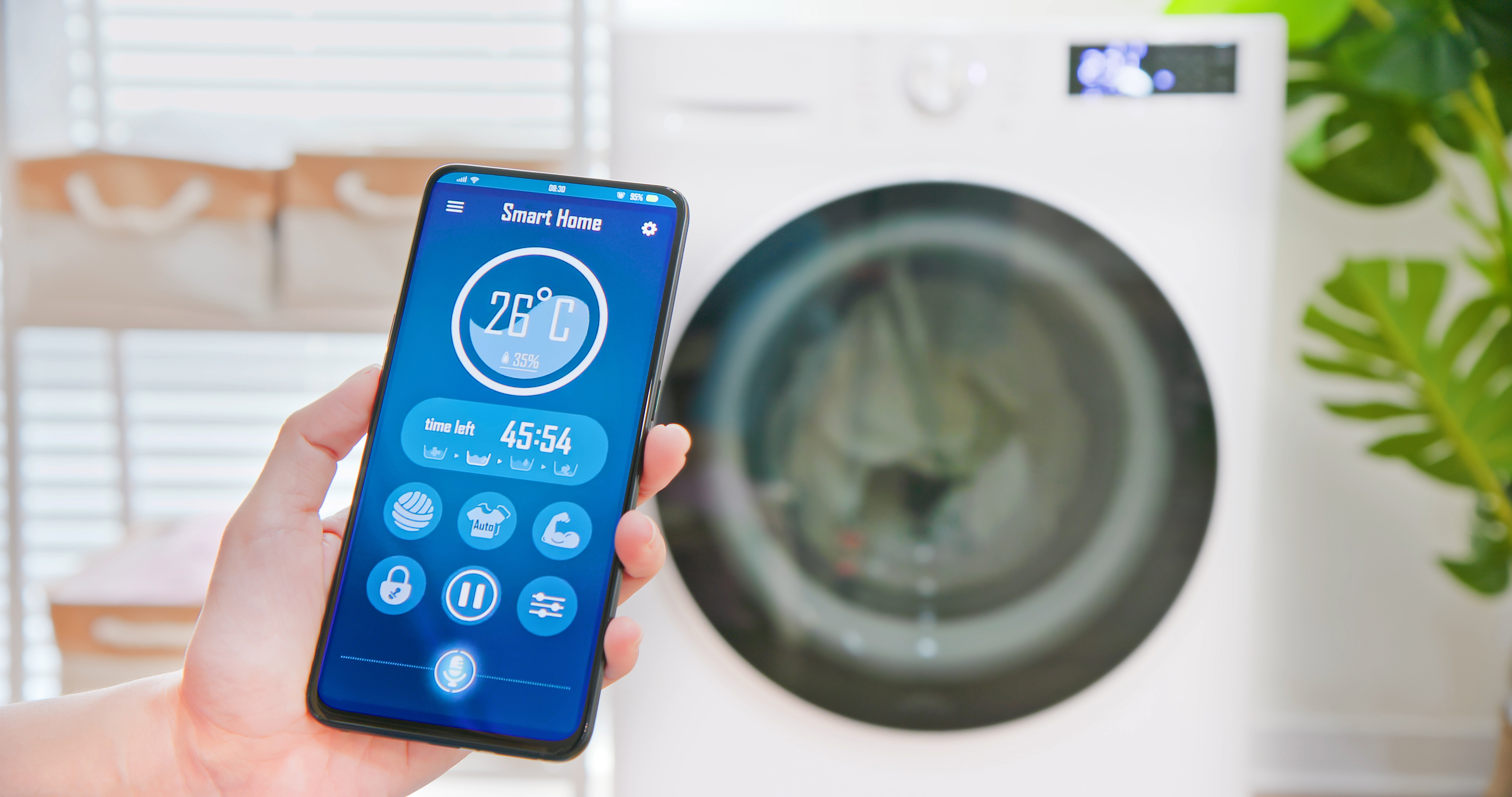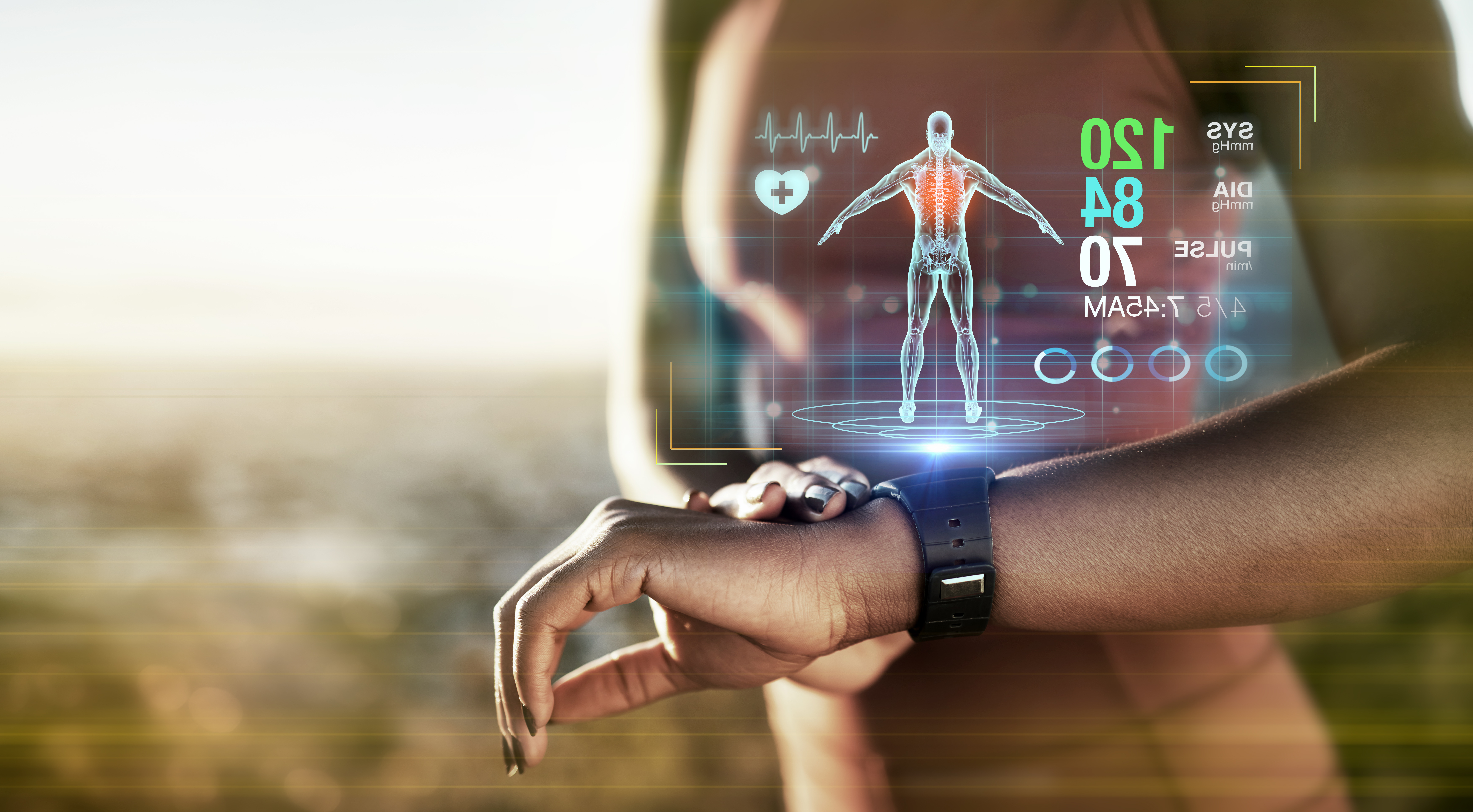Virtual Exercise Experience
By integrating Nuvoton MCUs and TinyML technologies, these applications can achieve higher virtual interactivity and real-time feedback. For example, a virtual fitness app can provide a virtual running track and utilize TinyML for exercise posture recognition, correcting the user’s posture and making the exercise more interesting while providing real-time guidance and feedback.
| Applicable Development Platforms | |
|---|---|
|
NuMaker-HMI-M467 NuMaker-IoT-M467 |
1. Vibration Detection Example: Running Posture Analysis Integrating vibration sensors into smart running shoes to capture foot strike vibrations during running.
2. Sensor Fusion Example: Comprehensive Health Monitoring Wristband Integrating a heart rate sensor, a blood oxygen sensor, and an activity tracker into a fitness wristband.
3. Real-time Recognition Example: Automatic Exercise Type Recognition Using multiple sensors in a fitness tracker to track the user's exercise activities.
4. Gesture Sensing Interactive Fitness Training Tracker Application Description: |
| NuMaker-M55M1 |
1. Vibration Detection Vibration detection technology can capture body vibrations and dynamic information during exercise. With the M55M1 development board, we can achieve high-precision vibration detection, thereby realizing a more realistic virtual sports experience. This helps users feel the power and rhythm of the exercise, enhancing the immersion of the sports experience.
2. Sensor Fusion Sensor fusion is the process of integrating and analyzing data from different sensors. In virtual sports experiences, the M55M1 development board can integrate data from multiple sensors such as accelerometers, gyroscopes, and magnetometers to achieve a comprehensive perception of sports posture and environment. This makes virtual sports more accurate and realistic.
3. Gesture Sensing Gesture sensing technology allows users to control virtual sports scenes using hand movements. The powerful processing power and sensing capabilities of the M55M1 development board enable it to recognize and interpret user gestures, thereby realizing an interactive virtual sports experience. Users can control movements, select different scenes, or perform specific operations through gestures, enhancing engagement and entertainment.
4. Real-time Recognition The application of real-time recognition technology in virtual sports experiences can instantly identify the user's movements and performance. This helps to provide real-time feedback and guidance, helping users improve their sports skills and performance. The efficient processing power of the M55M1 development board ensures the high responsiveness of real-time recognition, improving the effectiveness of the virtual sports experience. |




